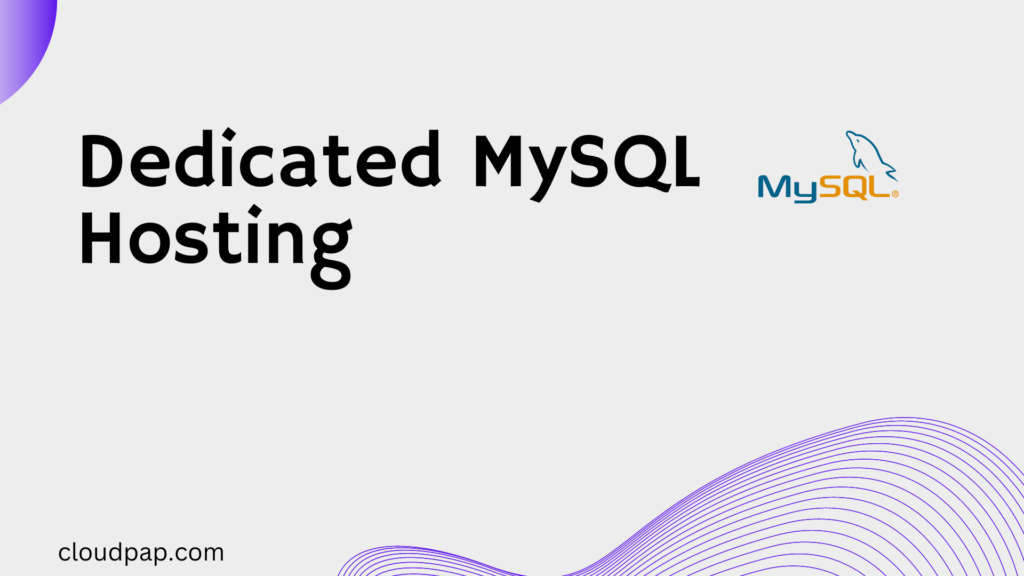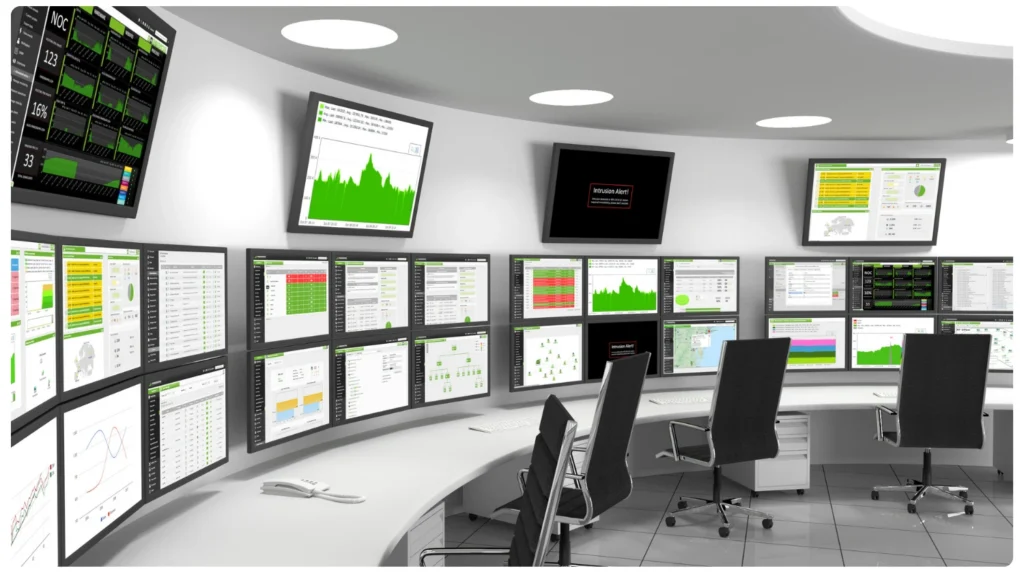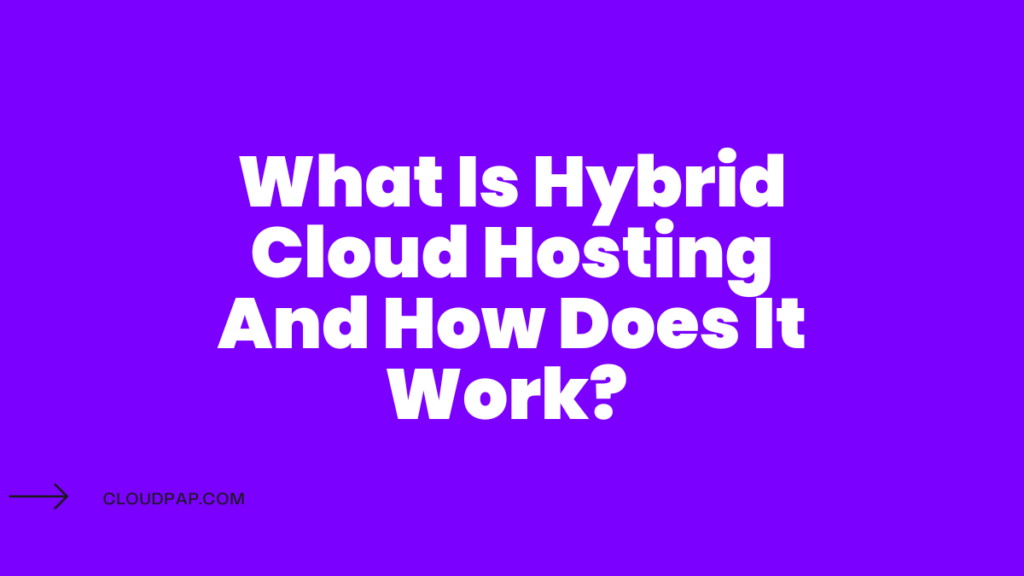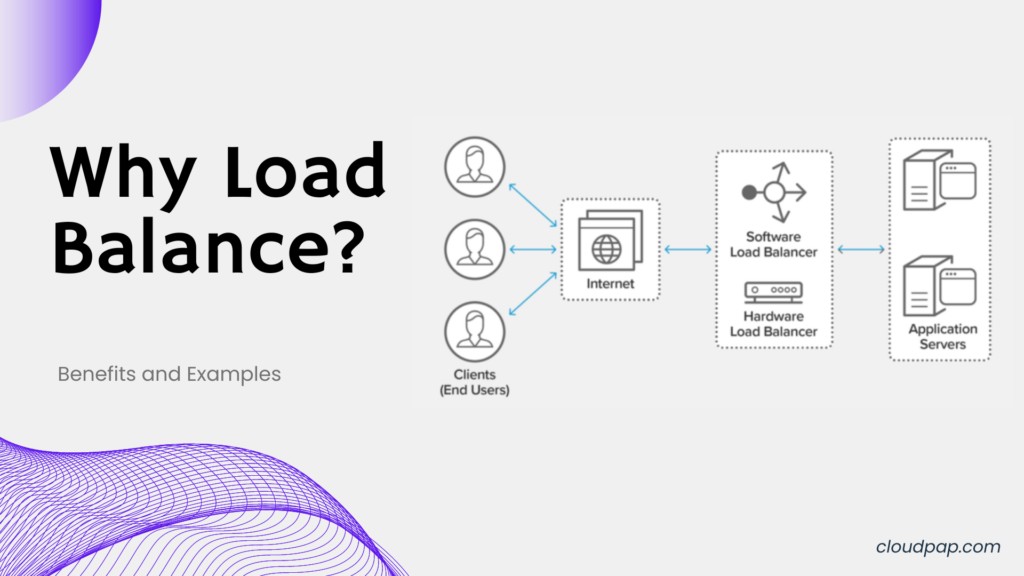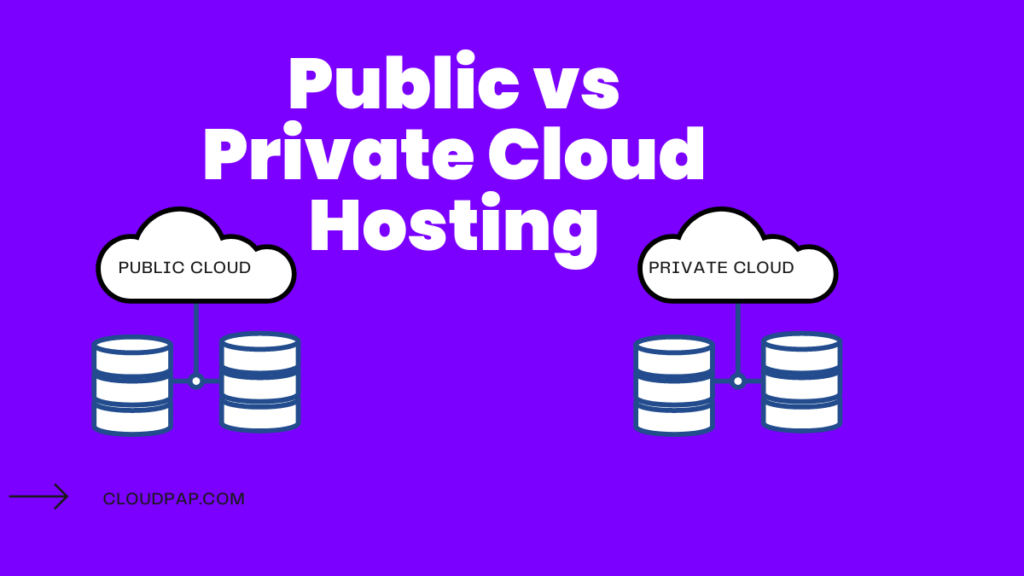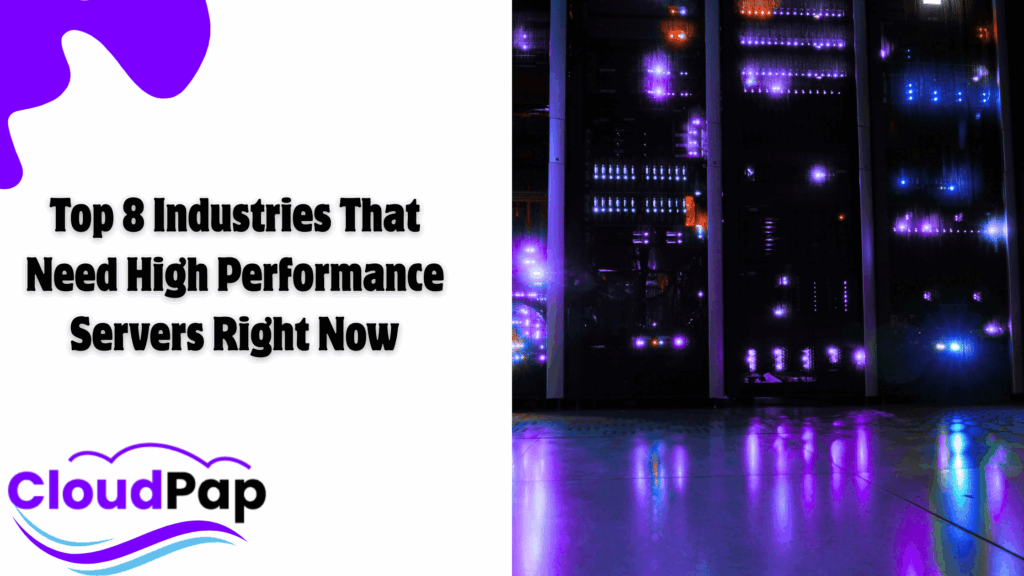Choosing between servers and cloud computing can feel overwhelming.
You might be wondering which option will work best for your business needs and budget.
Servers offer faster data access speeds for onsite users, while cloud solutions provide flexibility and scalability without the upfront hardware investment.
This choice impacts everything from your IT maintenance costs to how your team accesses critical data.
The decision between cloud and on-site servers comes down to your specific requirements.
- Small businesses with limited IT resources often benefit from cloud solutions
- Organizations with strict compliance needs might prefer in-house servers for greater control over sensitive data.
What Are Servers?
Servers form the backbone of modern IT infrastructure, providing essential services and resources to businesses and individuals.
They offer dedicated computing power, storage, and security features that keep digital operations running smoothly.
The Basics of Servers
A server is a physical computer designed to process requests and deliver data to other computers over a network.
Unlike regular desktop computers, servers are built with more robust components to handle multiple connections and continuous operation.
Servers come in various sizes and configurations, from tower servers that look similar to desktop PCs to rack-mounted systems that stack efficiently in data centers.
They typically contain enterprise-grade processors, error-correcting memory, and redundant power supplies.
The primary function of a server is to “serve” resources to client devices. This includes
- Hosting websites
- Storing files
- Managing databases, or
- Running specialized applications.
Many businesses maintain on-premises data centers filled with servers to keep critical operations under their direct control.
Most servers run specialized operating systems like Windows Server, Linux distributions, or Unix variants that are optimized for network services rather than desktop use.
How Servers Work
Servers operate on a client-server model where client devices (like your computer or smartphone) make requests, and servers respond by providing the requested services or data.
When you visit a website, your browser (the client) sends a request to a web server.
The server processes this request, retrieves the necessary files, and sends them back to your browser, which then displays the website.
Physical servers contain powerful hardware components:
- CPU: Enterprise-grade processors for handling multiple tasks
- RAM: Large amounts of memory for quick data access
- Storage: Hard drives or Micron Enterprise SSDs for data storage
- Network cards: High-speed connections to handle many simultaneous users
Modern server architectures have evolved beyond traditional setups.
Technologies like hyper-converged architecture combine compute, storage, and networking into one physical unit.
Storage Spaces Direct provides software-defined storage that can replace traditional SAN setups.
Why Choose Servers?
Physical servers give you complete control over your IT environment. You decide exactly how to configure your hardware, what software to run, and how to implement security measures.
For businesses with specific compliance requirements, dedicated servers provide clear ownership of data and infrastructure.
This can be crucial in highly regulated industries like healthcare or finance.
On-premises solutions offer consistent performance without the variables of shared resources. Your applications run on dedicated hardware with predictable capacity and response times.
Physical servers can be more cost-effective for stable workloads that don’t fluctuate. While the initial investment is higher, you avoid ongoing subscription fees that cloud services charge.
Some applications require direct hardware access or specialized configurations that aren’t possible in cloud environments. Physical servers accommodate these unique needs.
The Downsides
The primary disadvantage of physical servers is the upfront cost. You’ll need to purchase hardware, software licenses, and possibly additional infrastructure like racks, cooling systems, and backup power supplies.
Maintenance becomes your responsibility with on-premises data centers.
We’re talking:
- Hardware repairs
- Software updates
- Security patches, and
- Capacity planning.
These tasks require specialized IT staff and ongoing attention.
Physical servers occupy real estate and consume electricity and cooling resources.
These operational expenses add to the total cost of ownership beyond the initial purchase price.
Scaling capacity with physical servers involves adding more hardware, which takes time and planning.
You can’t instantly adjust resources like you can with cloud computing.
Disaster recovery requires careful planning with physical servers. You need backup systems, off-site storage, and tested recovery procedures to protect against hardware failures or site-wide disasters.
What Is Cloud Computing?
Cloud computing, on the other hand, lets you use computing resources over the internet instead of running everything on local servers. It changes how businesses store data and run applications by moving these tasks to remote servers.
Cloud in Simple Terms
Cloud computing means using computer services over the internet. Instead of buying and maintaining physical servers, you rent what you need from providers like Truehost, Cloudpap, Amazon, Microsoft, or Google.
Think of it like electricity. You don’t generate your own power—you just plug in and pay for what you use.
The same concept applies to cloud servers.
With cloud computing, you access software, storage, and processing power through the internet.
Your data lives in secure data centers rather than on your office computers.
This approach eliminates the need to buy expensive hardware that quickly becomes outdated.
How the Cloud Works
Behind the scenes, cloud computing relies on massive data centers filled with powerful computers.
These centers use virtualization technology to create multiple virtual machines on a single physical server.
When you request cloud resources, the provider allocates what you need from their pool of equipment. You can scale up or down instantly based on demand.
Cloud services typically fall into three categories:
- SaaS (Software as a Service): Ready-to-use applications like Gmail or Salesforce
- PaaS (Platform as a Service): Development environments for building custom applications
- IaaS (Infrastructure as a Service): Basic computing resources like virtual machines and storage
Most providers offer a dashboard where you can manage your resources with a few clicks.
Why Go Cloud?
Cost efficiency stands out as a primary benefit. Cloud computing converts capital expenses into operational expenses. You pay for what you use without investing in hardware.
Scalability means you can instantly adjust resources as your needs change.
- During busy periods, add more capacity.
- Scale back during slower times to save money.
Accessibility transforms how teams work. Your employees can access cloud solutions from anywhere with internet access—perfect for remote work.
Automatic updates keep your systems current without IT intervention. The provider handles maintenance, security patches, and upgrades.
Disaster recovery becomes simpler with cloud storage automatically backing up your data across multiple locations.
Cloud Challenges
Security concerns remain a top issue for many businesses. Storing sensitive data on remote servers raises questions about who can access it.
Organizations in heavily regulated industries face compliance challenges. Healthcare and financial companies must ensure their cloud hosting meets strict legal requirements.
Internet dependency creates a potential vulnerability. Without reliable internet, you can’t access your cloud-based applications or data.
Cost oversight requires vigilance. While pay-as-you-go pricing sounds great, unexpected usage can lead to surprise bills if you don’t monitor consumption.
Vendor lock-in happens when you become too dependent on one provider’s unique features. Moving to another service later may prove difficult and expensive.
Some organizations address these challenges by implementing private clouds that offer cloud benefits while keeping sensitive data in-house.
Comparing Servers Vs Cloud
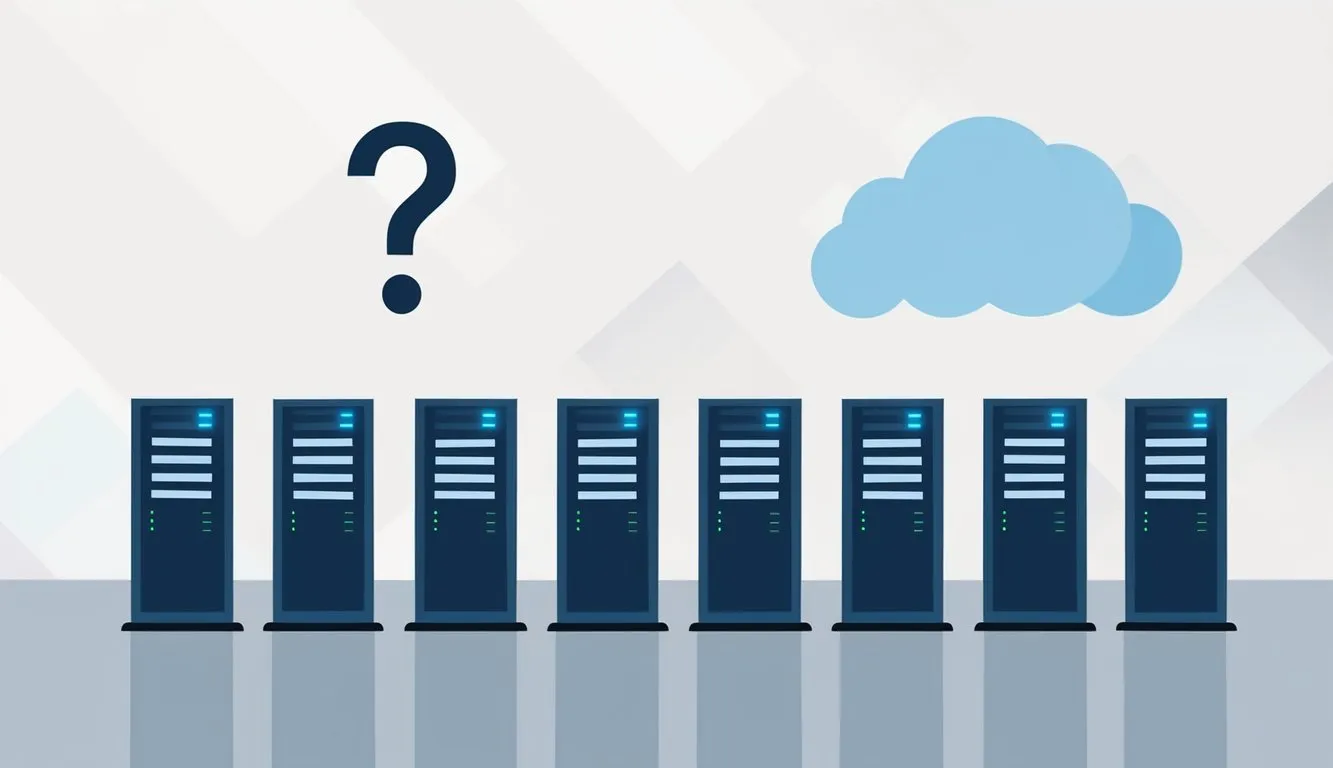
Choosing between servers and cloud solutions involves weighing key factors that impact your business operations and bottom line.
Each option offers distinct advantages in different areas of technology management.
Cost Breakdown
Physical servers require significant upfront investment.
You’ll need to purchase hardware ($1,000-$5,000+ per server), software licenses, and cooling systems.
Don’t forget the ongoing electricity costs and physical space requirements.
Cloud solutions follow a subscription model with predictable monthly fees.
You pay only for what you use, which eliminates large capital expenditures.
This can be particularly beneficial for startups and small businesses with limited budgets.
The long-term cost comparison isn’t straightforward:
- Server costs: High initial investment + lower ongoing costs
- Cloud costs: Minimal upfront costs + steady monthly payments
For established businesses with stable workloads, on-site servers might be more cost-effective over 3-5 years. Growing businesses with fluctuating needs often find better value in cloud solutions due to flexibility and reduced IT management costs.
Control and Flexibility
With on-premises servers, you maintain complete control over your hardware and software environment.
You decide when to update, which security measures to implement, and how to configure your systems.
This control comes with responsibility. You must handle all security patches, updates, and maintenance without the automatic protections cloud providers offer.
Cloud solutions offer different types of flexibility. You can quickly deploy new services without hardware procurement. Many providers offer customizable packages that let you select specific services and capabilities.
The tradeoff is reduced direct control. Cloud Hosting providers manage the underlying infrastructure, which means:
- You rely on their security practices
- You’re subject to their maintenance schedules
- You may face limitations on customization
Your specific needs for control versus convenience should guide this decision.
Scaling Up
On-site servers present scaling challenges. When you need more capacity, you must:
- Purchase new hardware
- Install and configure it
- Integrate it with existing systems
This process takes time, requires technical expertise, and means you must anticipate needs well in advance.
Cloud environments excel at scalability. You can increase resources almost instantly through a dashboard.
This allows you to:
- Respond to sudden traffic spikes
- Scale down during slow periods to save money
- Test new services without major investments
The cloud’s elastic nature means you don’t pay for unused capacity. This makes it ideal for businesses with seasonal fluctuations or unpredictable growth patterns.
Many organizations adopt a hybrid approach, keeping critical systems on dedicated servers while using cloud resources for variable workloads.
Maintenance and Reliability
Physical servers require hands-on maintenance. You’ll need dedicated IT staff or contractors to handle hardware failures, updates, and security measures.
This responsibility includes:
- Regular security patching
- Hardware repairs and replacements
- Backup system management
- Disaster recovery planning
Cloud services offload these maintenance tasks to the provider. Their teams handle infrastructure maintenance, security updates, and hardware failures behind the scenes.
Cloud environments typically offer better uptime guarantees (99.9%+) through redundant systems across multiple data centers.
They provide automatic backups and disaster recovery options that would be expensive to implement in-house.
For small to medium businesses without dedicated IT departments, cloud solutions often deliver superior reliability without the specialized staff requirements.
Larger organizations might achieve comparable reliability with on-premises servers but at higher staffing costs.
Real-World Uses in 2025
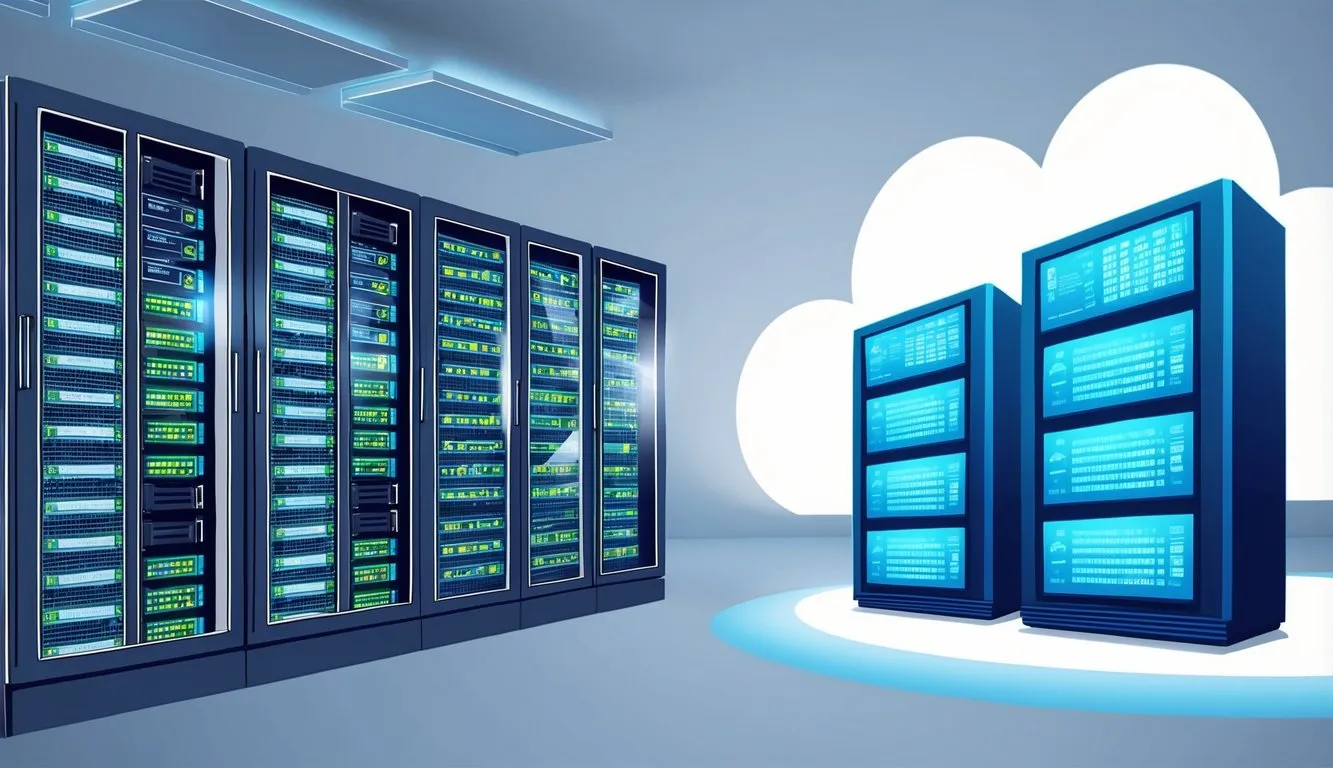
As businesses navigate the digital landscape in 2025, choosing between on-premise servers and cloud solutions depends largely on specific use cases and business needs.
The right choice varies based on your company size, security requirements, and operational flexibility.
When to Pick Servers
On-premise servers remain vital for certain industries in 2025.
You’ll find them especially valuable if your business handles highly sensitive data that must remain within your physical control.
Financial institutions and healthcare organizations often prefer servers for their critical operations. These sectors face strict compliance requirements that sometimes make on-premise solutions more straightforward to manage.
Manufacturing companies with specialized equipment often integrate on-premise servers directly with their production systems.
This reduces latency and ensures continuous operation even during internet outages.
The “lift and shift” method has evolved in 2025, allowing businesses to gradually modernize legacy applications while keeping them on-premise.
This approach works well when you have custom software that would be expensive to rebuild for cloud environments.
Key server advantages in 2025:
- Complete physical control over hardware
- Potentially lower long-term costs for stable workloads
- No internet dependency for critical operations
- Easier compliance for certain regulated industries
When to Go Cloud
Cloud computing has become the default choice for most businesses year after year.
According to recent data, 85% of enterprises now identify as primarily cloud-based, either through hybrid or multi-cloud approaches.
E-commerce businesses thrive in the cloud environment, where scalability and flexibility handle seasonal traffic spikes efficiently.
Your online store can automatically scale resources during holiday shopping seasons without manual intervention.
Startups and growing businesses benefit from cloud’s pay-as-you-go model, avoiding large upfront hardware investments. You pay only for what you use, making budgeting more predictable.
Serverless architectures have matured significantly by 2025, allowing you to build applications without managing any infrastructure.
This approach is perfect for variable workloads and modern microservices.
Remote work continues to drive cloud adoption, as virtualized resources enable teams to collaborate seamlessly across locations.
Your employees can access systems securely from anywhere with internet connectivity.
Cloud advantages in 2025:
- Rapid deployment of new services
- Automatic scaling during demand fluctuations
- Reduced IT maintenance burden
- Built-in disaster recovery capabilities
- Advanced AI and analytics services
Making Your Choice
Choosing between servers and cloud solutions comes down to your specific business needs, budget constraints, and long-term technology goals.
Ask Yourself These Questions
Start by examining your business requirements with these key questions:
What’s your budget? Cloud services require minimal upfront investment but may cost more over time. Physical servers need higher initial investment but could save money long-term.
How much control do you need? In-house servers give you complete control over your hardware and data. Cloud solutions put control in the provider’s hands.
Is speed crucial? Local servers typically offer faster data access for onsite users. This can be essential for data-intensive applications.
How much will you grow? Cloud solutions excel at scaling quickly. Traditional servers require planning and additional hardware purchases to expand capacity.
What security requirements do you have? Both options can be secure, but in-house servers might be better for highly sensitive data that must remain on premises.
Mixing It Up
Hybrid solutions combine the best of both worlds. Many businesses find this approach ideal for balancing needs.
You can keep critical operations on physical servers while using cloud services for less sensitive functions or backup. This gives you both the understanding of how things work and flexibility when needed.
Consider starting small with your hybrid approach. Move non-critical applications to the cloud first while maintaining core systems on physical hardware.
Hybrid solutions also foster innovation by giving your team experience with cutting-edge cloud technologies while maintaining the stability of traditional infrastructure.
This knowledge becomes valuable as you evolve your tech strategy.
The right mix depends on your specific business needs, budget constraints, and growth projections. Regularly reassess your technology requirements to ensure your server strategy remains aligned with business goals.
Final Thoughts
Choosing between cloud and in-house servers is not a one-size-fits-all decision.
Your business needs, budget, and long-term goals should guide this important choice.
Cloud solutions offer flexibility and scalability without large upfront costs. You pay monthly fees and can adjust resources as needed.
In-house servers give you complete control but require significant initial investment and ongoing maintenance.
Consider these key factors before deciding:
- Budget: Cloud servers have lower initial costs but may cost more long-term
- Control: On-premises gives you full control over your hardware and data
- Scalability: Cloud environments can scale up or down quickly
- Maintenance: Cloud providers handle updates and maintenance for you
- Security: Both options can be secure with proper implementation
Many businesses now adopt a hybrid approach, keeping sensitive data on local servers while using cloud services for other needs.
Your decision should align with your growth plans.
A startup with fluctuating needs might benefit from cloud flexibility, while established companies with stable requirements might save with in-house servers.
Remember that migrating between systems can be complex and costly. Take time to analyze your current and future needs before committing.
The best choice depends on your unique business requirements, not just what’s trendy in the tech world.

